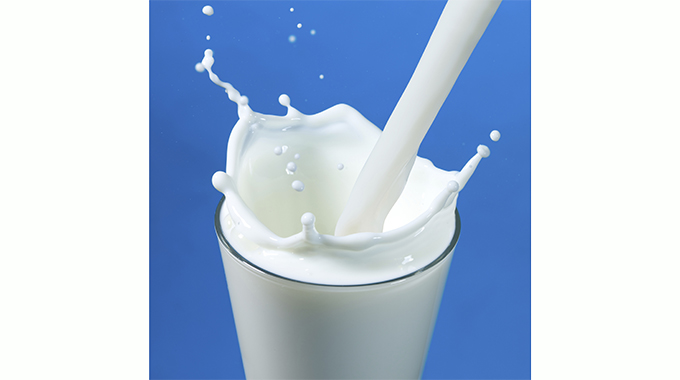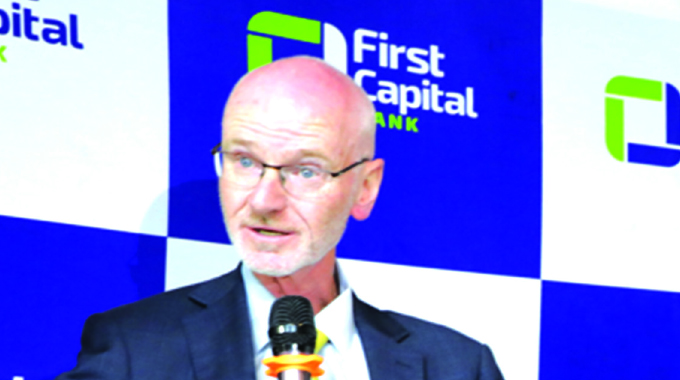‘Zim on course to achieve 90 million litres of milk this year’

Monalisa Chikwengo
THE country’s various intervention and support programmes towards resuscitating productivity in the dairy sector are not going to naught amid firm indications that the 90 million-litre milk target will be achievable this year.
This comes as a 10, 13 percent increase in milk volume was recorded in January this year marking a rise compared to the corresponding period in 2022.
Zimbabwe Association of Dairy Farmers (ZADF) Chief Executive Officer (CEO) Mrs Paidamoyo Chadoka told The Herald that milk volumes were continuing to increase with production expected to grow by 20 percent to 108 million litres by end of 2023. The country needs between 120 and 130 litres of milk a year.
“The target is to produce an annual volume of 150 million litres by 2025 with a total dairy herd size of 54 000 animals. Out of the country’s 45 milk collection centres, 22 are operating at various levels while 16 are new and have not yet started collecting milk and 7 have closed and are attempting to reopen,” she said.
The Government is working towards achieving an increased average productivity from 13 to 18 litres per cow per day by 2025. There are 45 milk collection centres and milk aggregation points in Zimbabwe for small-scale milk collection.
Collaborations between the Government and the business sector, development partners and various other stakeholders have consistently helped the milk collection centres expand and flourish.
“The Government through The Transforming Zimbabwe’s Dairy Value Chain for the Future (TranZDVC) project has also managed to introduce a dairy hub model that focuses on developing functioning milk collection centres into functional business development units (dairy hubs) and anchor/integrator farmer-led milk collection points,” continued Mrs Chadoka.
In addition to serving as milk collecting points, the dairy hubs will offer other business development services like agro-dealerships, internal savings and lending group (ISAL) information centres, and animal health services among others.
“This model will ensure the sustainability of the milk collection centres, stimulate the local economy and ensure that services and products are available at local level,” she said.









Comments